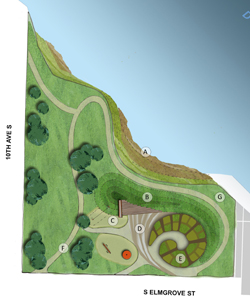
p>A version of this story was originally published in the Spring 2013 UW SRP eBulletin.
The South Seattle Environmental Justice Interagency Working Group was formed a few years after the Lower Duwamish Waterway in Seattle was officially named a Superfund site. The group came together in response to requests from communities for improved communications between local and federal agencies, organizations working on environmental health issues and impacted community members. Public Health - Seattle & King County and the Environmental Justice Coordinator at EPA Region 10 organized the inaugural meeting of the group. Morgan Barry, Health Education Consultant from Public Health- Seattle & King County, has continued to convene and coordinate quarterly meetings.
The working group meetings include representatives from community-based organizations, as well as representatives from 'potentially responsible parties' for Superfund Cleanup (including industries and local and regional governments), the EPA and the State Department of Ecology (agencies tasked with planning for site cleanup), along with faculty and staff from University of Washington.
Recent South Seattle Environmental Justice Interagency Working Group efforts include:
- Creating and maintaining a communication tool through Public Health- Seattle & King County for group members to post documents and resources on an interactive calendar.
- Hosting and facilitating an urban open space exercise that used the lens of equity. Both the city and the county have implemented equity and social justice policies. A ‘mock charette’ (the charette is a collaborative approach used to solve design problems) was created; members were divided into three teams each with a different fictional park design proposal to redevelop South Park's Duwamish Waterway Park. The King County 'Equity Impact Review Tool' was used to consider the equitable impact of each design. The Equity Tool guided each team through several determinants of equity: social, economic, physical and health, to consider the likely impacts each design might have on community health. Brenda Snyder, a landscape and urban designer, created and presented the three urban park plans.
- In April, Linn Gould, lead researcher for the 'Duwamish Valley Cumulative Health Impact Analysis' presented findings which confirmed that the ethnically diverse, low income neighborhoods of the Duwamish Valley are disproportionately impacted by environmental hazards with significant health disparities. The Interagency Group is just beginning to discuss the role it could play in addressing these issues. "Over the years, group members have built connections and relationships that I believe have increased our capacities to create a healthier Duwamish Valley,” said Morgan Barry.

